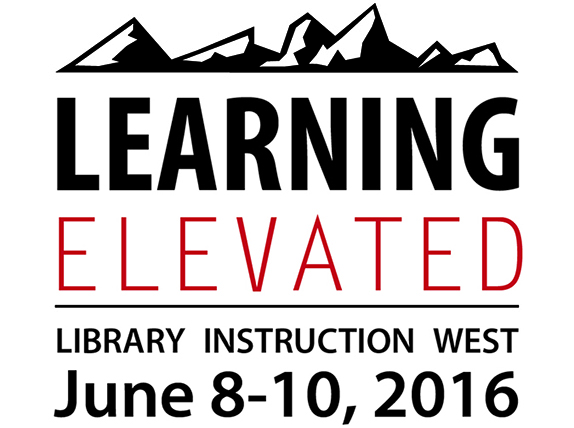
June 10, 2016
Event Website
http://campusguides.lib.utah.edu/liw16
Start Date
6-10-2016 10:45 AM
End Date
6-10-2016 11:45 AM
Description
A long-term qualitative study of the student experience at Mount Royal University sheds light on how students perceive threshold concepts related to information literacy (IL). The transcripts of over 400 interviews provide evidence of students in various stages of learning, from seeing only walls with no doorways, let alone thresholds, to looking back at breakthrough moments in learning. While students use entirely different language to the ACRL Framework, they nevertheless describe understanding of the concepts, and related practices and dispositions. Understanding these concepts from the students' point of view may assist with developing activities and assignments, that encourage crossing these thresholds, and assessments that can help both the students and us as teachers know when that crossing happens. After a brief introduction, participants will work with excerpts from the study to discern markers of learning related to threshold concepts and use those markers to generate ideas for teaching.
Mapping landmarks in the territory: What do threshold concepts look like to students?
A long-term qualitative study of the student experience at Mount Royal University sheds light on how students perceive threshold concepts related to information literacy (IL). The transcripts of over 400 interviews provide evidence of students in various stages of learning, from seeing only walls with no doorways, let alone thresholds, to looking back at breakthrough moments in learning. While students use entirely different language to the ACRL Framework, they nevertheless describe understanding of the concepts, and related practices and dispositions. Understanding these concepts from the students' point of view may assist with developing activities and assignments, that encourage crossing these thresholds, and assessments that can help both the students and us as teachers know when that crossing happens. After a brief introduction, participants will work with excerpts from the study to discern markers of learning related to threshold concepts and use those markers to generate ideas for teaching.
https://digitalcommons.usu.edu/liw16/Libraryinstructionwest2016/FridayJune10/24


Comments
As some of this research has been reported elsewhere portions of both the slides and the handout have been adapted from previous work by the presenter.